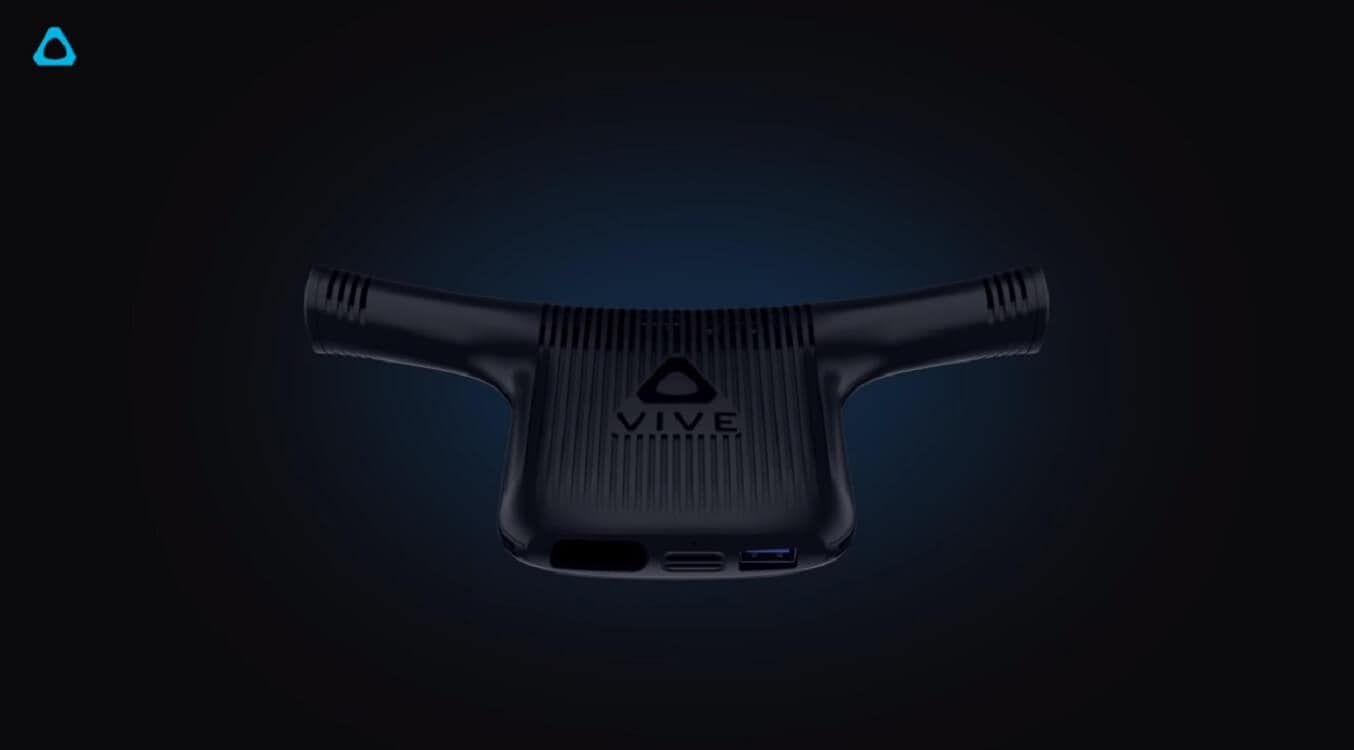Gaming
HTC’s Vive Wireless Adapter is finally coming in September
You’ll finally be able to do some sick cartwheels while wearing the Vive.

Just a heads up, if you buy something through our links, we may get a small share of the sale. It’s one of the ways we keep the lights on here. Click here for more.
On Tuesday, HTC announced that its long-awaited Vive Wireless Adapter is almost ready for release. The accessory launches on Sept. 24 with pre-orders beginning on Sept. 5.
The Vive Wireless Adapter, as its name suggests, enables Vive headsets to operate without a cable tethered to a host computer. It’s compatible with both the original Vive and Vive Pro, for $299 and $359 respectively. Both include a two-month VIVEPORT subscription.
Take a look:
The Vive Wireless Adapter, which sits on the top of your head, includes wireless antennas on either side and a cable that connects to a 10,050mAh QuickCharge 3.0 battery in the back. It should work for around 2.5 hours between charges and achieves high-bandwidth, low-latency streaming through a new Wi-Fi standard called WiGig, which transmits data in the “millimeter wave” 60GHz frequency.
Here are the specs:
| Dimensions: | 7.87 x 3.81 x 1.59 inches (200 x 96.65 x 40.43 mm) |
|---|---|
| Weight: | 4.55 ounces (129 grams) |
| Battery Life: | Up to 2.5 hours |
| Connection Type(s): | For VIVE: HDMI, USB, and DC For VIVE Pro: Respective single port For battery: USB |
And minimum requirements:
| Computer Type: | Desktop computer with available PCIe Slot |
|---|---|
| Processor: | Intel® Core i5-4590/AMD FX™ 8350 equivalent or better |
| GPU: | NVIDIA® GeForce® GTX 1060, ADM Radeon™ R9 480 equivalent or better |
| Memory: | 4 GB RAM or more |
| Operating system: |
|
If you’re just looking to experience VR and want to use the Vive Wireless Adapter, you can buy the Vive and Vive Pro for $499 and $799, respectively.
Are you planning to dive into VR even more with the Vive Wireless Adapter? Let us know below.
In other tech news, see:
- Amazon Game Studio is releasing an episodic adventure based on The Grand Tour
- Huawei tried to pass DSLR images as photos from their new Nova line
- Here are all the custom Nvidia RTX cards we know about
































